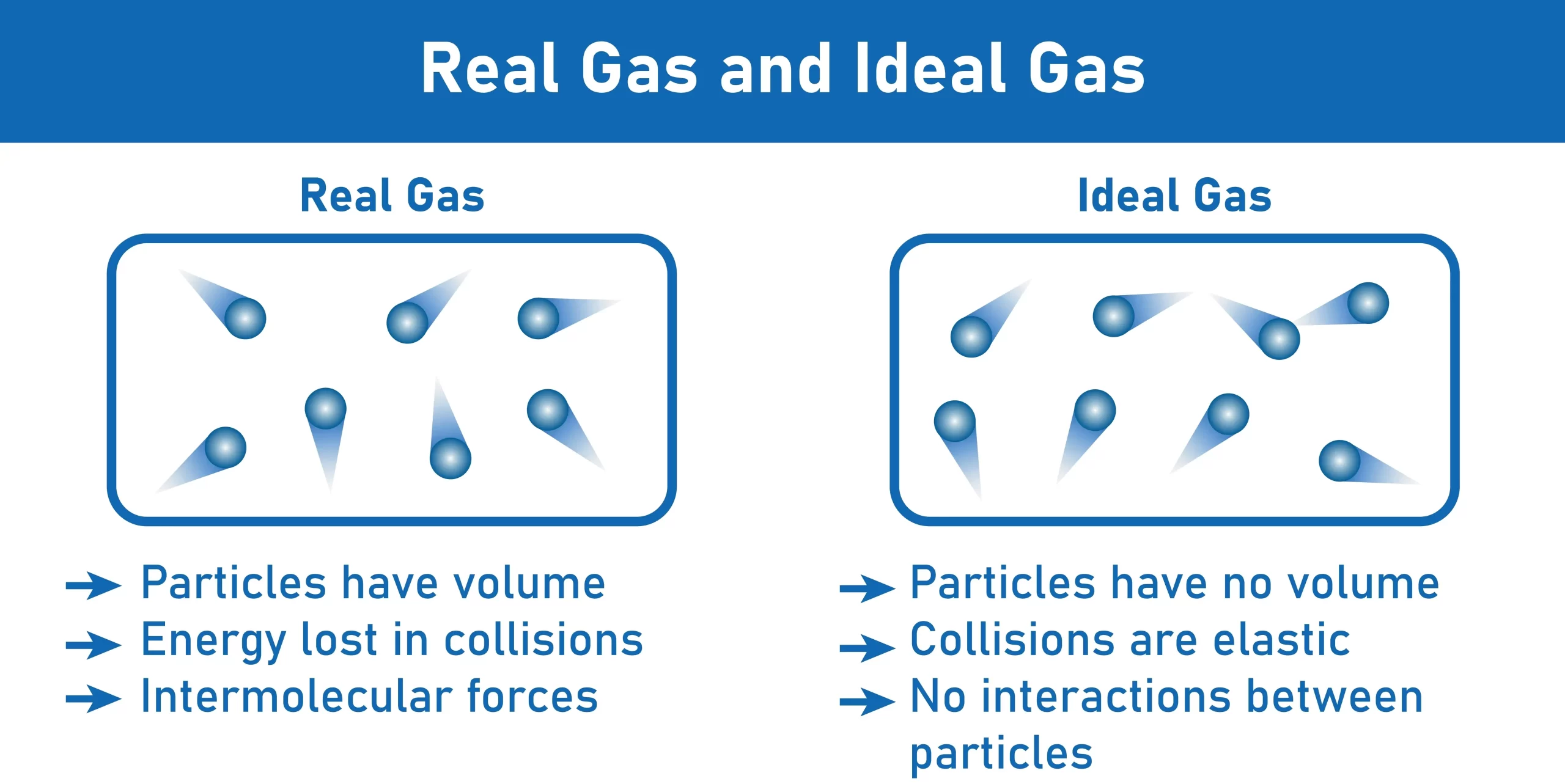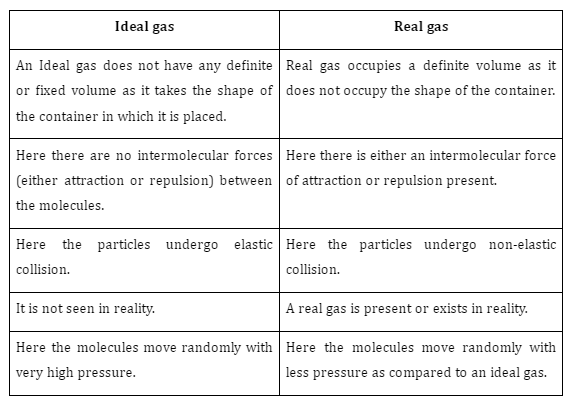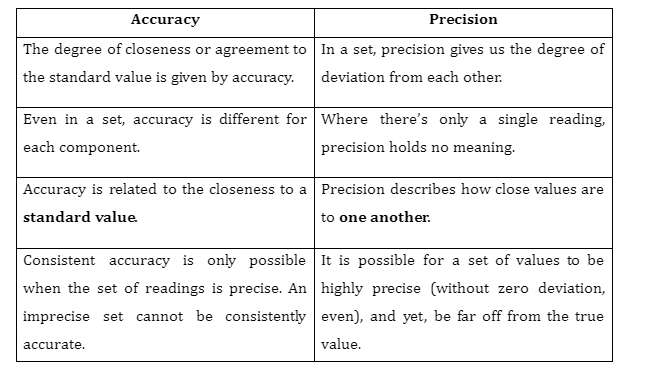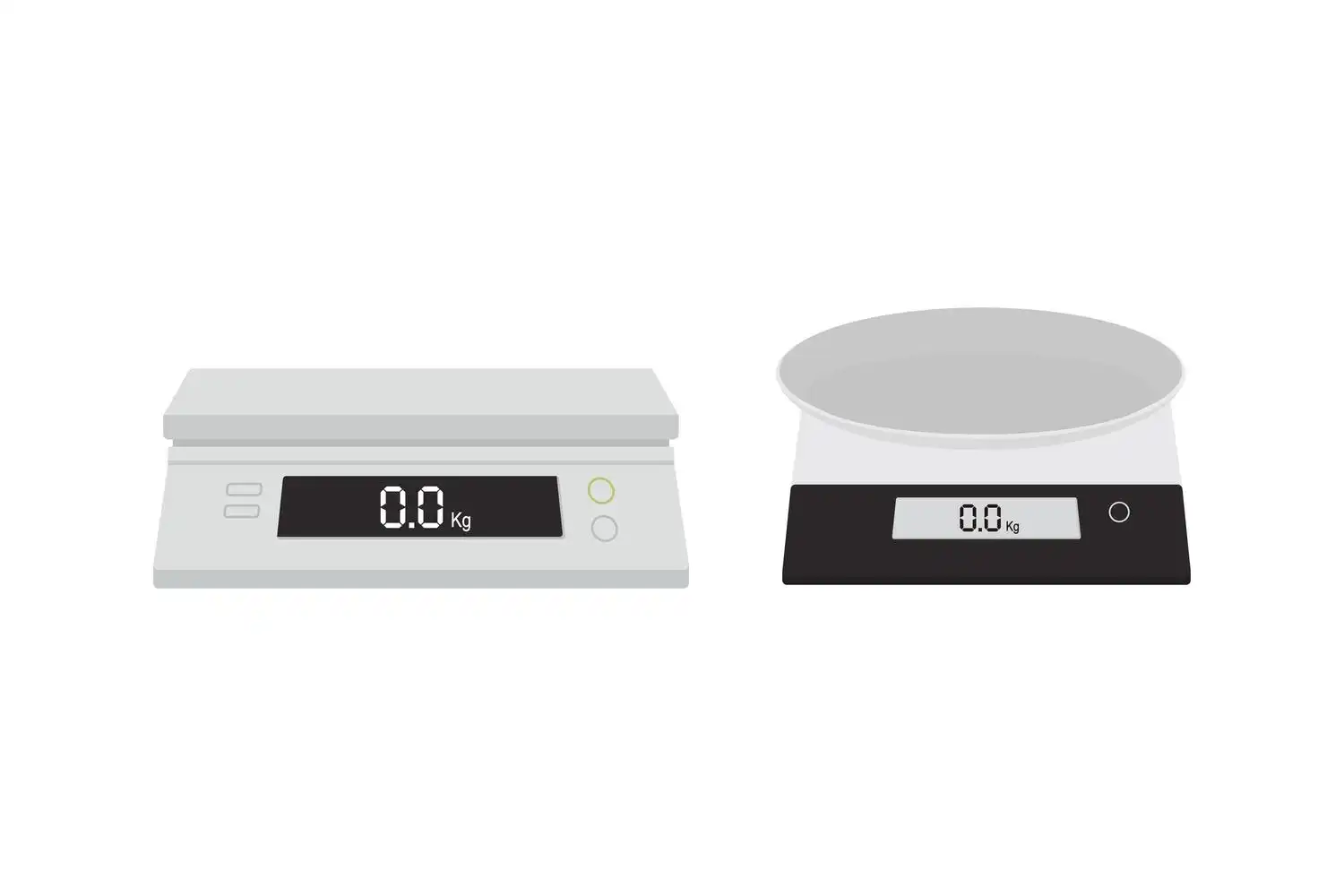विज्ञापन के प्रभाव
विज्ञापन
किसी वस्तु के बारे में जानकारी देना और लोगों को प्रभावित कर वस्तु के मूल्य को बढ़ाना विज्ञापन कहलाता है।विज्ञापन के द्वारा लोगों को बाजार की वस्तुओं से अवगत कराया जाता है। विज्ञापन के प्रभाव उस वस्तु को प्रसिद्धि से दिखाई देते है।

विज्ञापन के प्रभाव
आधुनिकता के दौर में हम अपने चारों ओर से किसी न किसी वस्तु या चीज से घिरे हुए है। किसी भी कार्य को आसान या जल्दी करने के लिए अनेक उपकरणों का निर्माण किया जाता है। जिससे इंसान को अधिक मेहनत भी नही करनी पड़ती और उसका समय भी बच जाता है।
इन उपकरणों और वस्तुओं को आम आदमी तक पहुँचाने के लिए विज्ञापनों का सहारा लिया जाता है। विज्ञापन के द्वारा ही इंसान किसी वस्तु के बारे में जानकारी प्राप्त करता है।
विज्ञापनों का मानव जीवन, समाज और बाज़ार पर बहुत प्रभाव पड़ता है। जिससे वस्तुओं और कम्पनियों में भी इनका प्रभाव देखने को मिलता है।
- बाजार में प्रतिस्पर्धा।
- लोगों को आकर्षित करना।
- वस्तुओं के मूल्य में वृद्धि।
- वस्तुओं की जानकारी देना।
- लोगों तक वस्तु को पहुँचाना।
1)बाजार में प्रतिस्पर्धा
आज अनेक प्रकार की वस्तुओं का चलन है। बाजार में अनेक वस्तुएँ खरीदी और बेची जाती है। प्रत्येक वस्तु को बेचने और खरीदने का ढंग अलग-अलग होता है। सभी अपनी वस्तुओं को बेचना चाहते है। जिससे वे अपनी वस्तुओं का विज्ञापन दूसरे वस्तुओं के विज्ञापन से प्रभावशाली बनाते है। एक दूसरे से अधिक समान बेचने की होड़ बाजार में लगी रहती है और दुकानदारों के बीच भी प्रतिस्पर्धा का माहौल रहता है।
2) लोगों को आकर्षित करना
वस्तुओं और समान को बेचने में विज्ञापन एक अहम भूमिका निभाते है। विज्ञापनों को अधिक प्रभावशाली बनाकर वह अपनी वस्तुओं के प्रति लोगों को आकर्षित करते है। जिससे लोग वस्तुओं को खरीदने के लिए उत्साहित होते हैं।
3) वस्तुओं के मूल्य में वृद्धि
किसी भी वस्तु और समान के प्रभावशाली विज्ञापन से आकर्षित होकर लोग उस वस्तु को खरीदते है। जिससे उस समान की माँग बाजार में बढ़ जाती है। वस्तु की माँग बढ़ने के साथ साथ उस वस्तु के मूल्य में भी वृद्धि होती है।
4) वस्तुओं की जानकारी देना
जब भी कोई नया समान बाजार में आता है और लोगों को उस समान के बारे में जानकारी नहीं होती है तो विज्ञापन के द्वारा लोगों को उस वस्तु की जानकारी मिलती है।
5) लोगों तक वस्तुओं को पहुँचाना
विज्ञापन के द्वारा लोगों को वस्तुओं के बारे में जानकारी मिलती है। जिनमें कुछ लोग ऐसे भी होते है जो नई नई वस्तुओं को खरीदने के शौकीन होते है। विज्ञापन को देखकर वे वस्तुओं को खरीदते है, जिससे नई वस्तुएं भी लोगों तक पहुँचती है।
जिस प्रकार विज्ञापन के द्वारा वस्तुओं की जानकारी दी जाती है, जोकि लोगों के लिए लाभदायक है। लेकिन विज्ञापन के अन्य भी प्रभाव पर पड़ते है जोकि नुकसानदायक है।
1.वस्तुओं की कमियों को छिपाना।
2.चकाचौंध को बढ़ावा देना।
3.वस्तु की बिक्री को बढ़ावा देना।
1)वस्तुओं की कमियों को छिपाना
किसी भी वस्तु के विज्ञापन में केवल उस वस्तु की अच्छाइयों को बताया जाता है। उस वस्तु में क्या क्या कमियां है, इस बात पर कोई भी बात विज्ञापन में नहीं की जाती है। केवल एक पहलू अच्छाई पर ही बात की जाती है। जिससे उसकी कमियां बाद में उपभोक्ता के सामने आती है।
2)चकाचौंध को बढ़ावा देना
विज्ञापन को इतना सजाया जाता है की उसकी खूबसूरती देखकर भी उपभक्ता प्रभावित हो जाते हैं। उसकी चमक दमक के सामने उपभोक्ता उस वस्तु को खरीद लेता है फिर चाहे उसे उसकी जरूरत हो या न हो।
3)वस्तु की बिक्री को बढ़ावा देना
किसी भी वस्तु के विज्ञापन का उद्देश्य केवल उस वस्तु की बिक्री को बढ़ावा देना होता है। जिसके कारण कई बार वे वस्तु की गुणवत्ता के साथ समझौता कर लेते है।
यदि किसी चीज की अच्छाई होती है उसी प्रकार उसकी बुराइयाँ भी होती है। इसी प्रकार यदि विज्ञापन के अच्छे प्रभाव है तो विज्ञापन के बुरे प्रभाव भी होते हैं। एक मध्यम वर्ग के उपभोक्ता के लिए केवल वही वस्तु या समान जरूरी है जो उसकी दिनचर्या में इस्तेमाल किए जाते हैं या जो उसके लिए आवश्यक है और उन वस्तुओं के बारे में उसे जानकारी होती है। उसे किसी विज्ञापन की आवश्यकता नहीं होती है।अन्य किसी दिखावे की वस्तु से उसको कोई सरोकार नहीं होता है। विज्ञापन केवल उच्च वर्ग के लोगों और संपन्न लोगों के लिए ही कारगर होते हैं।
अधिकतर पूछे गए प्रश्न
1.विज्ञापन से आप क्या समझते है?
उत्तर: किसी वस्तु के बारे में जानकारी देना और लोगों को प्रभावित कर वस्तु के मूल्य को बढ़ाना विज्ञापन कहलाता है। विज्ञापन के द्वारा लोगों को बाजार की वस्तुओं से अवगत कराया जाता है। विज्ञापन के प्रभाव उस वस्तु को प्रसिद्धि से दिखाई देते है।
2.विज्ञापन का प्रभाव व्यक्तियों पर किस प्रकार पड़ता है?
उत्तर: आधुनिकता के दौर में हम अपने चारों ओर से किसी न किसी वस्तु या चीज से घिरे हुए है। किसी भी कार्य को आसान या जल्दी करने के लिए अनेक उपकरणों का निर्माण किया जाता है। जिससे इंसान को अधिक मेहनत भी नही करनी पड़ती और उसका समय भी बच जाता है।
इन उपकरणों और वस्तुओं को आम आदमी तक पहुँचाने के लिए विज्ञापनों का सहारा लिया जाता है। विज्ञापन के द्वारा ही इंसान किसी वस्तु के बारे में जानकारी प्राप्त करता है।
3.विज्ञापन का कितने प्रकार से बाजार और लोगों पर प्रभाव पड़ता है?
उत्तर:विज्ञापनों का मानव जीवन, समाज और बाजार पर बहुत प्रभाव पड़ता है। जिससे वस्तुओं और कंपनियों में भी इनका प्रभाव देखने को मिलता है।
बाजार में प्रतिस्पर्धा।
लोगों को आकर्षित करना।
वस्तुओं के मूल्य में वृद्धि।
वस्तुओं की जानकारी देना।
लोगों तक वस्तु को पहुंचाना।
4. विज्ञापन लोगों को किस प्रकार आकर्षित करते हैं?
उत्तर:वस्तुओं और समान को बेचने में विज्ञापन एक अहम भूमिका निभाते है। विज्ञापनों को अधिक प्रभावशाली बनाकर वह अपनी वस्तुओं के प्रति लोगों को आकर्षित करते है। जिससे लोग वस्तुओं को खरीदने के लिए उत्साहित होते हैं।
5.विज्ञापन वस्तुओं के मूल्य में वृद्धि में किस प्रकार सहायक है?
उत्तर:किसी भी वस्तु और समान के प्रभावशाली विज्ञापन से आकर्षित होकर लोग उस वस्तु को खरीदते है। जिससे उस समान की माँग बाजार में बढ़ जाती है। वस्तु की माँग बढ़ने के साथ साथ उस वस्तु के मूल्य में भी वृद्धि होती है।






